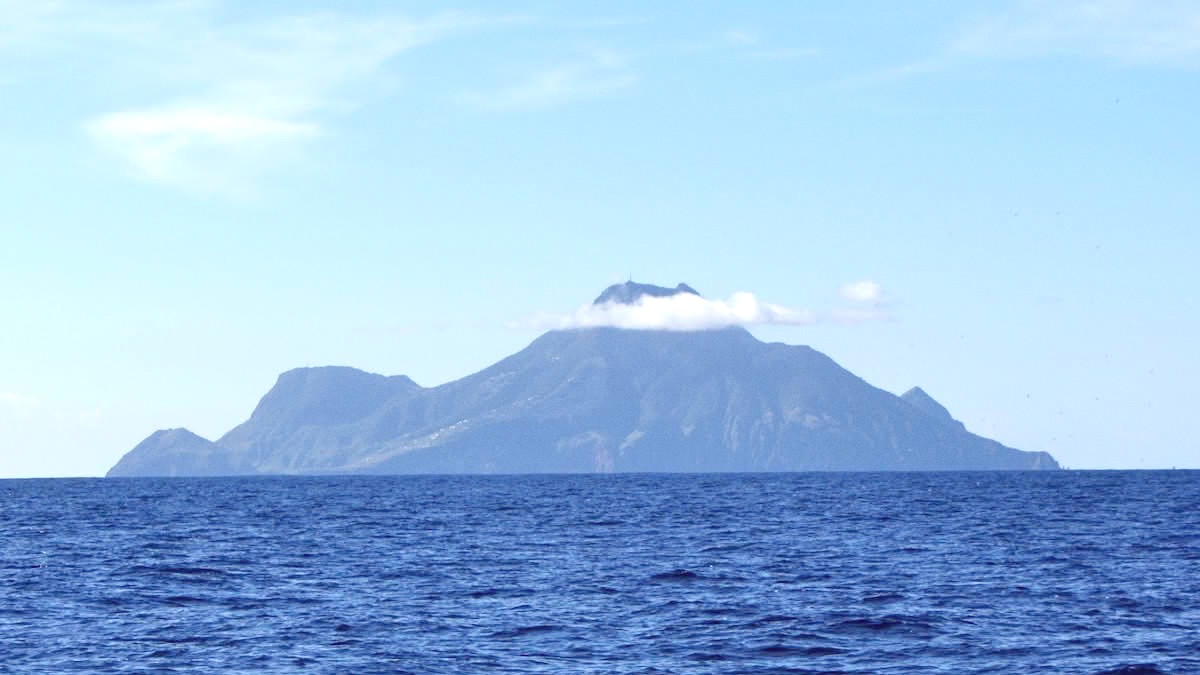
From the moment your small plane touches down on the world's shortest commercial runway, or your ferry approaches the only harbor, you feel this island is distinct. Get ready for an escape where nature holds the spotlight and true calm finds its place.
Saba delivers a travel experience quite unlike common Caribbean trips. It caters to those who appreciate rugged beauty, quiet moments, and adventures rooted in nature. Forget sprawling resorts and crowded beaches; here, you connect with an island genuinely wild and serene.
The island's compact size and untouched environment allow for a deep connection with its surroundings, whether you are hiking its peak or exploring its underwater world. Every vista opens to spectacular sights, a constant reminder of Saba’s unspoiled charm.
Saba sits within the Caribbean Sea, a distinct part of the Leeward Islands in the Lesser Antilles. It belongs to the Kingdom of the Netherlands as a special municipality. This island's geographical position places it approximately 28 miles north of Sint Maarten. Saint Eustatius lies to its south.
Saba forms the peak of an active, though dormant, volcano named Mount Scenery. This peak reaches 2,910 feet (887 meters) and is the highest point in the Kingdom of the Netherlands. The island's terrain is rugged. It features steep slopes and a rocky coastline. No large, flat areas suitable for a major airport runway exist. Saba also lacks natural, expansive sandy beaches. Roads wind and climb, displaying breathtaking views around every bend. The island’s volcanic origins are clear in its dramatic cliffs and underwater pinnacles, creating exceptional diving experiences. The surrounding waters plunge deeply, forming diverse marine environments.
Mount Scenery, a dormant volcano at 887 meters (2,910 feet).
Steep slopes, rocky coastline, and winding roads offer dramatic scenery.
Focus on natural, untouched beauty and marine life.
Volcanic origins contribute to rich underwater pinnacles and canyons.
This helps keep the island raw and untouched.
This geological history defines Saba’s outdoor appeal, from its summit trails to its underwater canyons. The deep surrounding waters create diverse marine environments that attract a wide array of sea life. Its mountainous aspect means the roads climb and turn, giving fantastic views at every corner. The natural environment is the main draw for adventurers.
Saba’s steep, quick-draining terrain keeps much of its marine park clear of runoff, even after rain. This makes it a consistent destination for underwater exploration. The unique landscape sets it apart from many other islands, drawing visitors who seek something distinctive.
The very nature of Saba means a natural, untouched beauty prevails. The lack of widespread tourism structures, common on flatter islands, allows the island to maintain its raw character. Nature here truly plays the leading role.
The island's unique geology shapes every experience, from its summit hikes to its deep-sea diving adventures.
Christopher Columbus sighted Saba in 1493. However, its formidable cliffs and lack of natural harbor meant no early colonization. The Dutch eventually arrived in 1632, establishing a presence. Over the centuries, Saba's location led to it changing hands multiple times. The Dutch, French, Spanish, and English all claimed the island at various points. This constant transfer of control shows the broader colonial struggles in the region. Saba became definitively Dutch in 1816, settling its political status after decades of conflict.
The island's isolation and challenging topography fostered an unique, self-sufficient culture. Residents became skilled seafarers, relying on trade and fishing for survival. Traditional craftsmanship, specifically lace-making, also developed as a cottage industry. This history is marked by a deep sense of community and resilience.
Saba’s challenging environment called for cooperation and a strong communal connection among its people.
Locals, without outside engineering support, built Saba's main road by hand, a symbol of their determination.
Residents became adept at sea, relying on trade and fishing for daily life.
Families often lived off the land and sea, developing sustainable practices born from circumstance. The island's people developed a reputation for hard work and resourcefulness. The island's small population and close-knit society mean that historical narratives frequently involve personal stories passed down through generations.
Special municipality of the Netherlands.
The Bottom, located in a valley.
Approximately 2,000 residents (2023 estimate).
Remember to pack a Universal travel adapter if your devices use different plug types or voltages.
The use of the US Dollar simplifies financial transactions for many international visitors.
The reliance on English makes interaction straightforward, allowing for immersion in local culture.